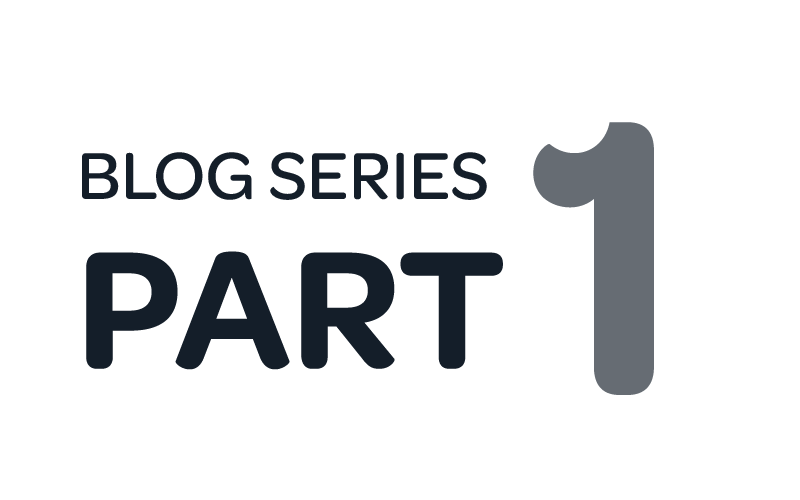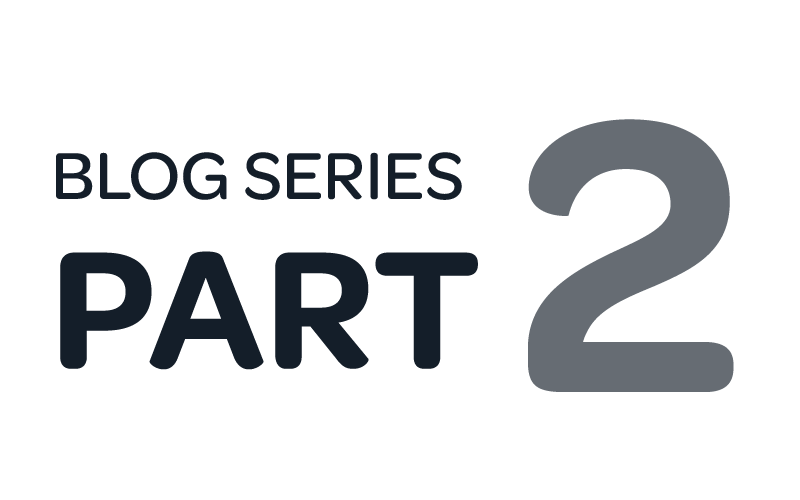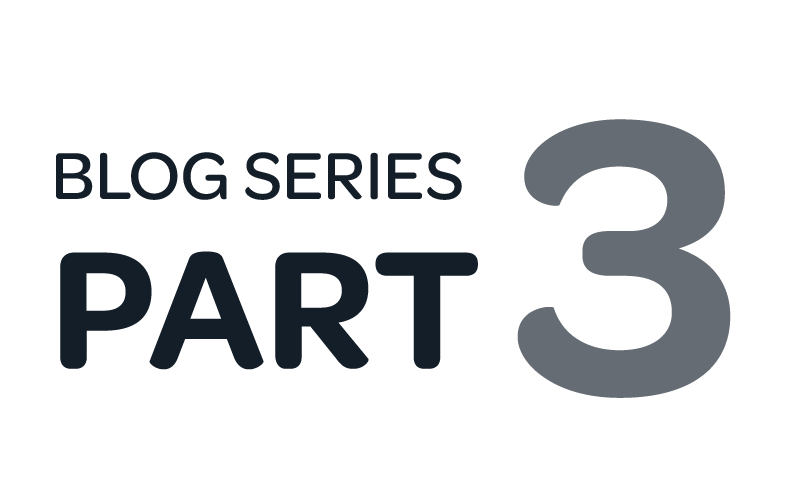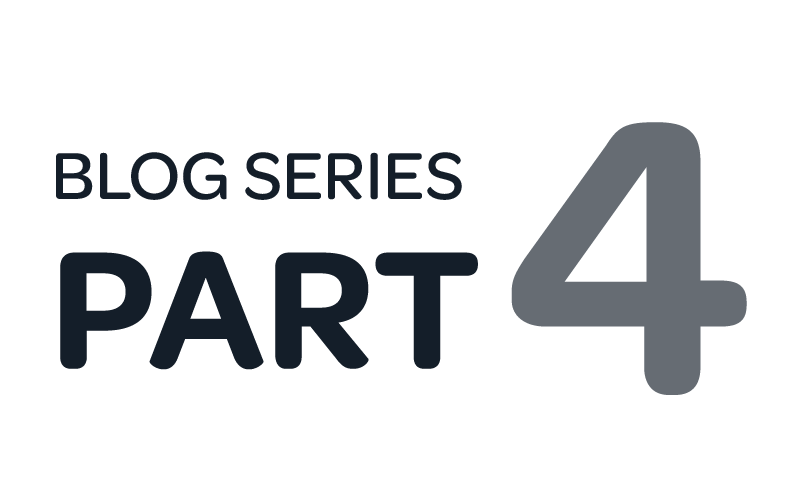Mobility Mentoring®
EMPath's coaching model is based on over a decade of research and development.
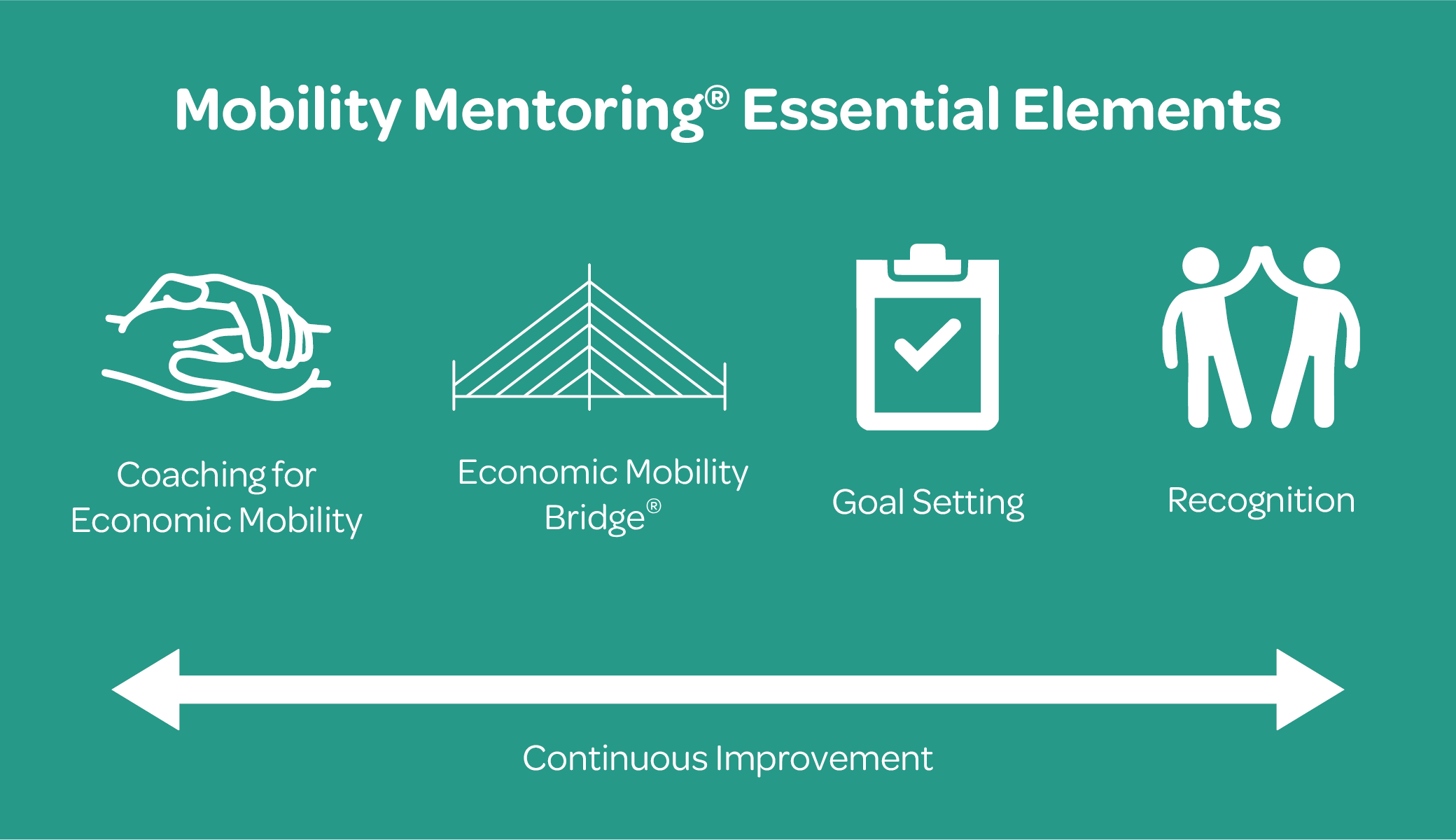
Mobility Mentoring is defined as the professional practice of partnering with participants so that over time they may acquire the resources, skills, and sustained behavior changes necessary to attain and preserve their economic independence.
The model has four essential elements: Coaching for Economic Mobility, Economic Mobility Bridge®, Goal Setting, and Recognition.
Coaching for Economic Mobility: EMPath approaches coaching as a participant-directed one-on-one partnership. Coaches work with participants to strengthen their decision-making, persistence, and resilience over time. Coaching staff (known as Mobility Mentors at EMPath) act as “human scaffolding” for building the skills and mindsets necessary for the complex task of moving out of poverty.
Economic Mobility Bridge®: The Economic Mobility Bridge (previously the Bridge to Self-Sufficiency®) is a visual tool used to help a program participant chart a path to upward economic mobility. It acts as both a framework for the participant and an assessment tool for the mentor. The Bridge was developed by EMPath based on the brain science of how toxic stress impacts decision-making and sense of self.
Goal Setting: The Economic Mobility Bridge acts as a blueprint for participants to set goals. Participants determine their own goals, and mentors support participants in prioritizing what they’d like to work on, strategizing around potential barriers and challenges, and thinking through options for additional resources and support. Mentors offer encouragement, facilitate reflection, and help refocus if necessary. As participants achieve goals, they move up the Bridge closer to economic self-sufficiency.
Recognition: Recognition acknowledges and celebrates a participant when they are working toward and when they accomplish a goal. Types of recognition may include celebrations of success, certificates, supportive messages, or earned incentives.
Meet Lauren
Flagship program graduate shares her journey
